Affiliate links on Android Authority may earn us a commission. Learn more.
ZTE Star 2 review
Published onMarch 27, 2015
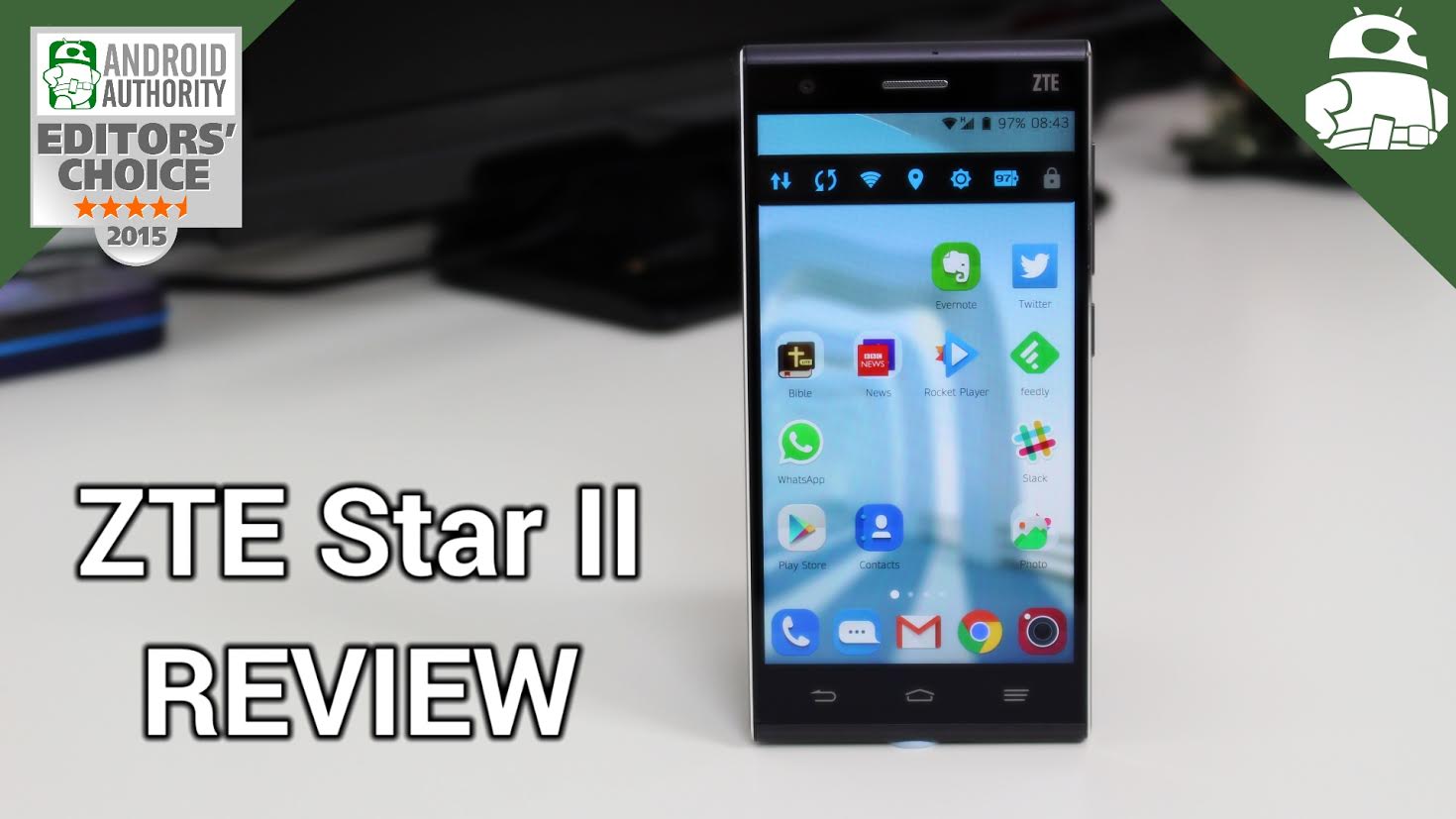
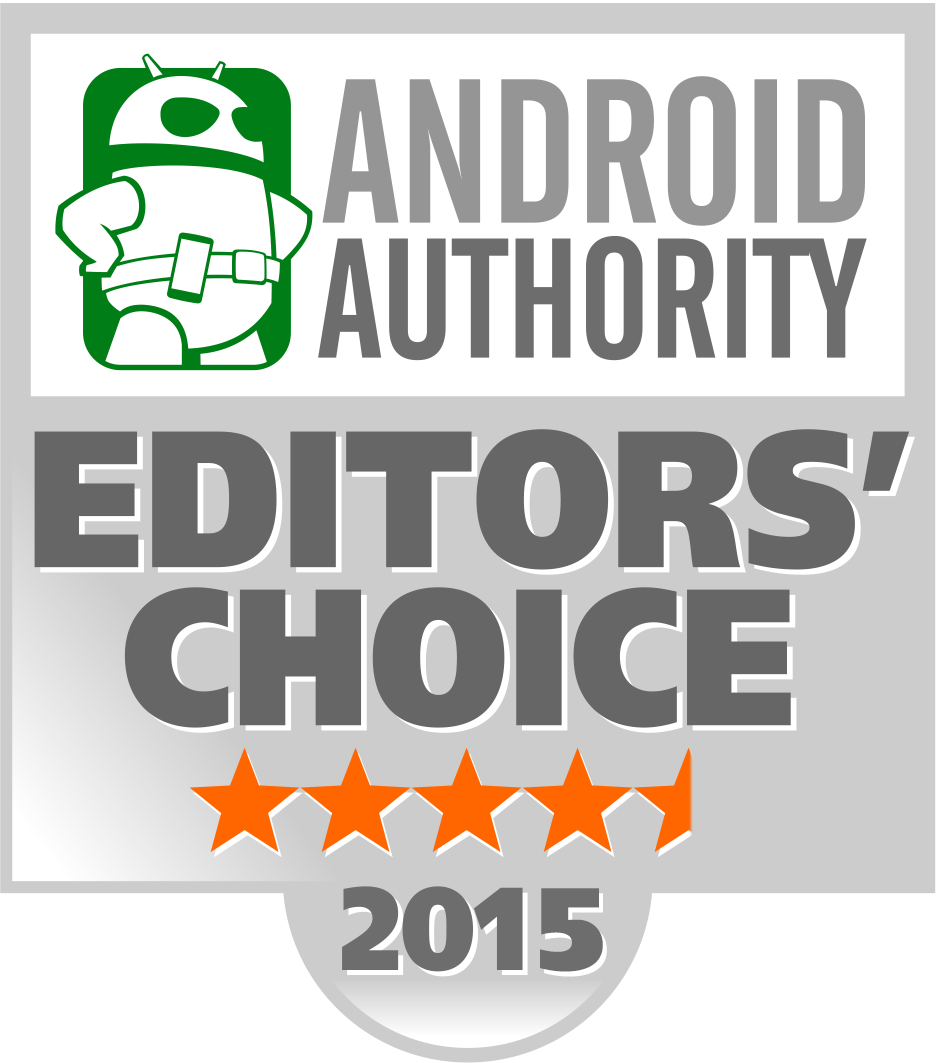
| Display | 5 inch, Full HD (1920 x 1080). Corning Gorilla Glass 3. |
|---|---|
Processor | Qualcomm Snapdragon 801 processor with 2.3GHz quad-core CPU, Adreno 330 GPU. |
RAM | 2GB |
Storage | 16GB plus microSD card slot |
Camera | 13M AF with Dual LED + 5M |
Battery | 2300 mAh |
Connectivity | GPS, microUSB 2.0, Wi-Fi b/g/n, Bluetooth |
Networks | 2G: GSM 850/900/1800/1900MHz, 3G: WCDMA 850 / 900 / 1900 / 2100MHz; 4G: FDD 1800/2100/2600MHz, TDD 1900/2300/2500/2600MHz |
Software | Android 4.4 based Mi-favor 3.0 UI with Google Play |
Dimensions | 140.5 x 69.2 x 6.9 mm |
Colors | Black or white |
SIM slots | 1x micro SIM |
One of the first things you will notice about the Star 2 is that it has glass on the back. Thanks to the Corning Gorilla Glass 3, which is also used on the front, the back of the device is smooth and sleek. The chassis is plastic, and feels pretty durable. The top and bottom edges of the device curve around, continuing the sleek feel. In many ways, it uses the same design language as the ZTE Blade Vec 4G. Josh said in his initial hands-on that it, “reminds us of a Sony Xperia Z3/iPhone 4 hybrid, which isn’t a bad design in the slightest!”
Joining the glass on the back are the camera and a dual-tone LED flash. Looking around the rest of the phone, you will find the IR blaster on the top edge, while the micro USB port and the headphone jack are on the bottom. All the controls are on the right: first the volume rocker and below that the power button. On the left side are two trays, one for the micro SIM card and one for the microSD card, plus the speaker. The position of the power button and the volume rocker means that if you hold the phone in your left hand it is very easy to reach the buttons with your fingers, however the position of the speaker means that the sound can be easily muffled by your palm.
Since the phone includes some very clever voice activation software, the ZTE Star 2 has a multitude of microphones. I have counted 3 separate holes, two on the top and one on the bottom. Presumably they are for noise reduction and better audio pick-up, and they certainly seem to do their job, as the voice commands work really well, but I am jumping ahead of myself.
The display on the Star 2 is very good, it has great viewing angles and a good level of brightness. For me personally, a 5 inch display is still the sweet-spot and the ZTE Star 2 brings everything that I would expect from a phone in this category. The 5-inch LCD display has a 1920 x 1080 resolution and a pixel density of 441ppi. Overall the display provides a very nice viewing experience with a good level of sharpness. The colors are bold and the display gives the device a sense of vibrancy, making it a pleasure to use.
The display is flanked by nicely sized bezels, which my crude measurements show at under 3mm each. Above the display is the space for the earpiece, front facing camera, the sensors, and a multi-colored notification LED. Below the display are the three back-lit capacitive keys.
The performance of the ZTE Star 2 is excellent. It has the same Qualcomm Snapdragon processor as the Samsung Galaxy S5, the HTCOne M8, and the OnePlus One. Although the Snapdragon 801 is being superseded, the processor has a proven performance track record and it will easily handle just about any task you throw at it.
Using the ZTE Star 2 was a joy in terms of its fluidity and responsiveness. The extra features, like the voice commands, worked really well and didn’t seem to overly tax the processor.
As you would expect, the benchmark scores are good and on par with all the 2014 flagship devices. The AnTuTu score was 39503, while Epic Citadel, the demo app for the Unreal 3D engine, reported 59.8 frames per second (fps) on the High Performance setting, 59.4 fps on High Quality mode, and 46.4 fps on Ultra High Quality mode. Using GameBench I tested Riptide GP2 and found that the device managed an average of 39 fps, while Temple Run 2 did much better at 58 fps.
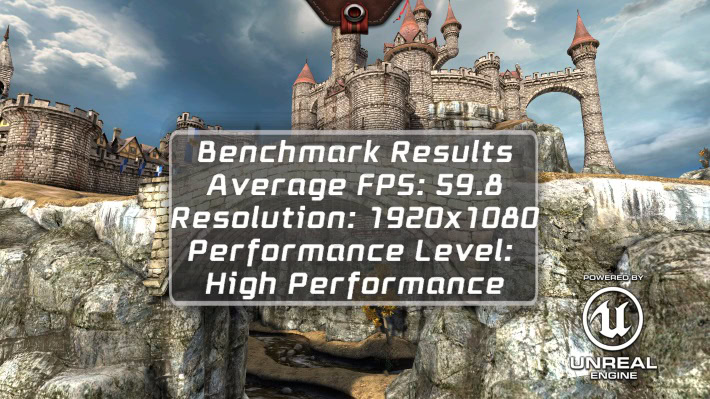
In terms of GPS performance, the Star 2 is good. I was able to get a lock outdoors and indoors without any problem. The indoor resolution was around 10 meters, but outdoors and in the car, the resolution was 3 meters. I tested turn-by-turn navigation with Google Maps and Nokia Here, both worked as expected.
The Star 2 has a reasonable sized battery at 2300 mAh. Since we are used to seeing devices with 3000 mAh or more batteries, I was a little skeptical about the battery performance. However, I was happily proved wrong. During my time using this device as my daily driver, I often saw 20 to 24 hours of off-charger time with a screen on time of around 3 hours. My experience is that the device will last a full working day without any problems.The Power Manager settings also provide a couple of interesting power saving options. The first is the “Auto adjust CPU” option, which allows Android to more aggressively control the CPU frequency. With “Auto adjust CPU” enabled, I estimate that the overall performance of the system decreases by about 25%, as the software forces the CPU to run at lower clock speeds. However such a drop in performance is unnoticeable, mainly because the Snapdragon 801 is already such a high performer. The other option is the “Long standby mode” which shuts down everything but the essentials for phone calls to give you extended battery usage. This is very useful when you are getting low on battery life but need to remain in contact, but not necessarily connect to the Internet or use the GPS, etc.
I ran some battery life tests. When running Epic Citadel, in its Guided Tour mode, the device lasts just over 3.5 hours before it runs out of juice. Using the same data-set collected when I tested the performance of Riptide GP2 and Temple Run 2, GameBench calculates that you can play the former for just over 4 hours on one charge, while the latter can be enjoyed for more than 5 hours.
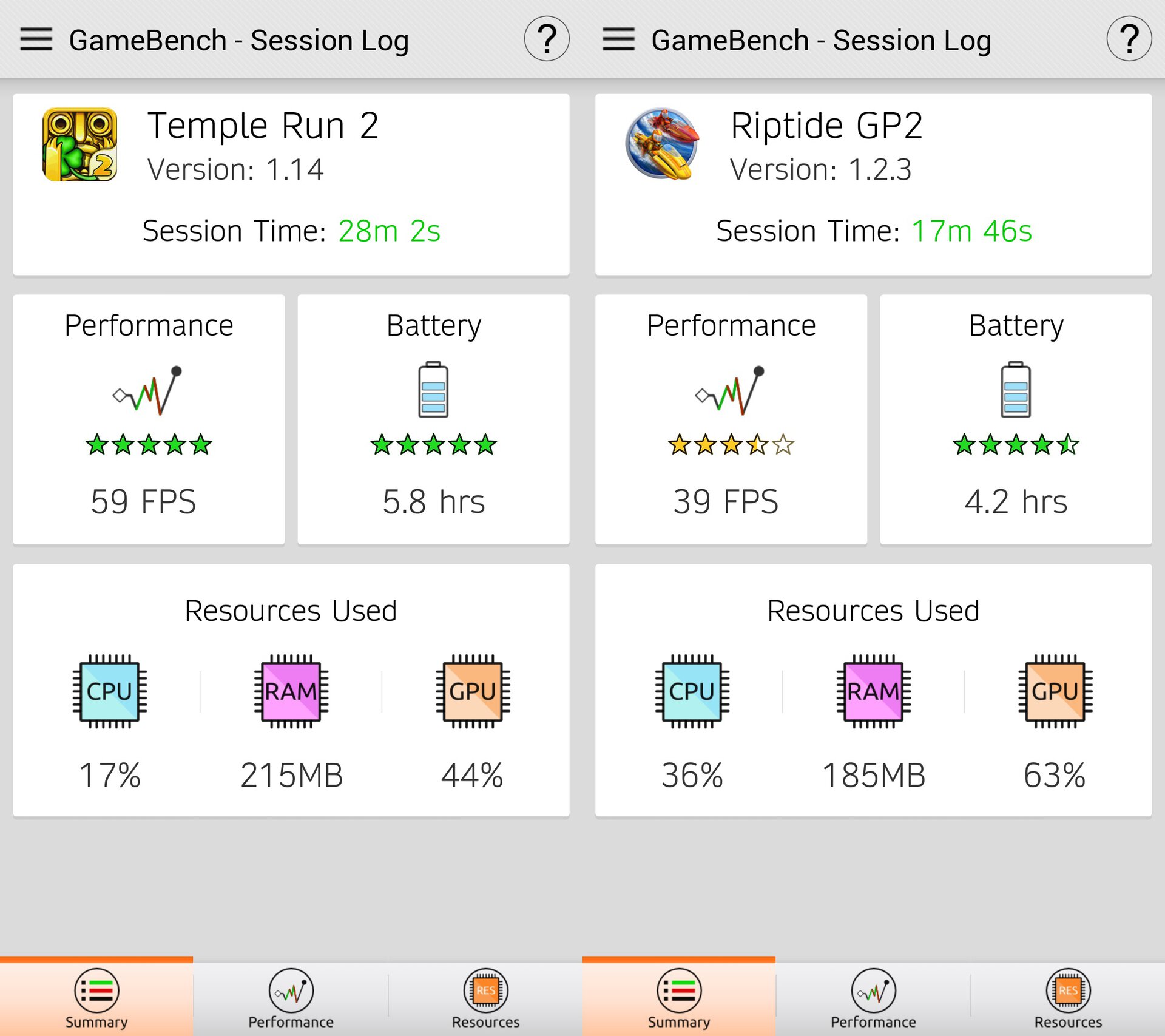
For YouTube streaming (over Wi-Fi) the device can handle around 6 hours on one charge. All the tests were carried out with the screen on half brightness, syncing enabled, Wi-Fi on, and the “Auto adjust CPU” option enabled under the Power Manager settings.
The ZTE Star 2 is a single SIM device and supports 3G on 850/900/1900/2100MHz and 4G-LTE FDD on 1800/2100/2600MHz. It also supports 4G LTE TDD on 1900/2300/2500/2600MHz. Each 4G provider around the world uses one of the pre-defined frequency bands. My carrier uses 1800MHz (band 3), so the Star 2 worked on 4G without any problems.
The supported FDD bands (1/3/7) are used in many parts of Africa, some but not all parts of Central and South America, and large parts of Asia. In Europe, you should be able to find a carrier that uses one of these bands without any problems, the same is true in the Middle East. The biggest omission in terms of full European coverage is the lack of band 20 support. For example, this means that the ZTE Star 2 will work with EE in the UK but not with O2 or Vodafone, which both use 800MHz (i.e. band 20). The supported TDD bands (38/39/40/41) are basically for China and India, however they are also used by several different operators around the world.
Unfortunately none of the North American carriers use these 4G frequencies. Before buying the phone you should check with your carrier to ensure compatibility, or if you trust Wikipedia, then it has a global list of LTE networks.
This device is compatible with four 3G frequencies: 850/900/1900/2100MHz. Like the 4G coverage, compatibility depends on your carrier. The supported bands should give you 3G access on most carriers in Africa, South America, Asia, Europe, and the Middle East. In North America you should get 3G on AT&T but not on T-Mobile. You should always check with your carrier to ensure compatibility, or look at Wikipedia’s List of UMTS networks page.
The camera app on the ZTE Star 2 is excellent. As well as the normal point and shoot auto mode there are lots of different modes including HDR, Panorama and Front/Rear. The Front/Rear mode combines the image from the rear facing camera with a shot from the front facing camera. Another mode is called Photo Clear, it removes moving objects, like cars, from photos by taking sequential images and removing the bits that move.
There is also a Group photo mode which takes photos of up to five people in a group and allowing you to pick the best facial expression of each member to create a new photo with everyone smiling and nobody blinking!
Besides the auto mode there is a Pro mode (a manual mode) which gives you full control over all the various settings like ISO, exposure, and white balance. It also gives you control over the focus. This means you can manually focus images, and with a bit of care you can create nice pictures with a narrow depth of field.
Other interesting settings in the camera app are Voice control and Time lapse. The first allows you to activate the shutter by saying “capture” or “cheez”, while the second is used on the video camera to only record 1 frame per second (or 1 frame per 1.5, 2, 2.5 seconds). The video camera can record at VGA, 720p HD, 1080p HD, and UHD. UHD means 4K, i.e. 3840 pixels wide by 2160 pixels tall ( or just over 8 megapixels).
Here are some samples so that you can judge for yourself:
On the software side, the Star 2 uses Android 4.4, but it has a custom UI known as Mi-favor UI. Overall Mi-favor is colorful and light, without being too overbearing. One of the big differences, in terms of the UI, is the lack of an app drawer. All installed apps appear on the home screen, like on the iPhone. Personally I don’t mind this, as I tend to keep the majority of my apps on the home screen anyway, and with the judicious use of folders you can keep the device organized and clean.
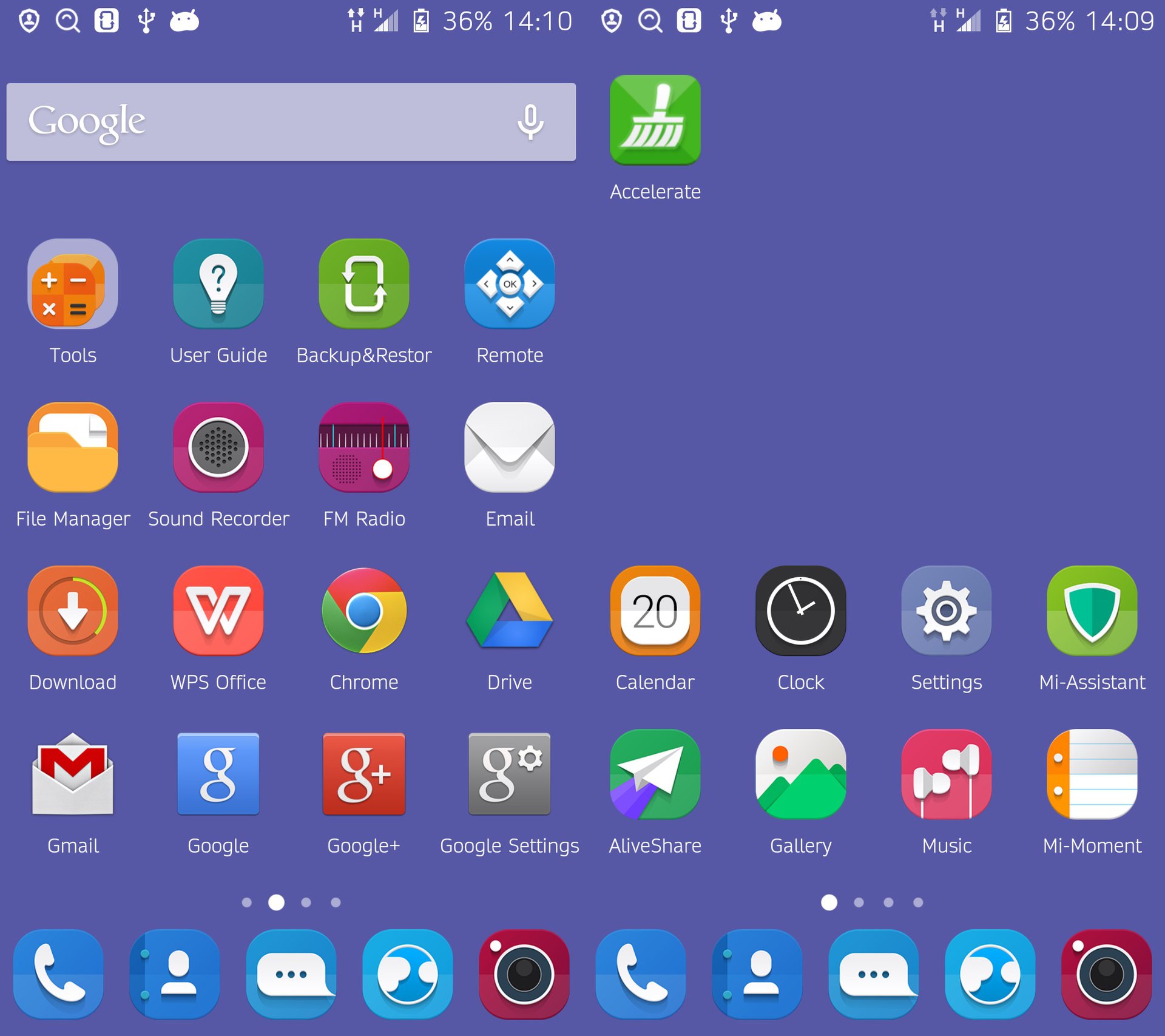
Tapping the menu button ,or swiping up from the bottom of the screen, brings up the launcher customization panel. Here you can choose from a series of solid colored or abstract wallpapers, or download one from ZTE’s online library. Like the software on the ZTE Blade S6 there is a built-in slider to give your wallpapers a blurred look. You can also alter the desktop transition effects.
The other thing that is the quite different on the ZTE Star 2 is the Settings page. It is completely different from other Android handsets, however it is still very easy to use. Inside the settings you will find a plethora of new features that help set the Star 2 apart from the rest of the field.
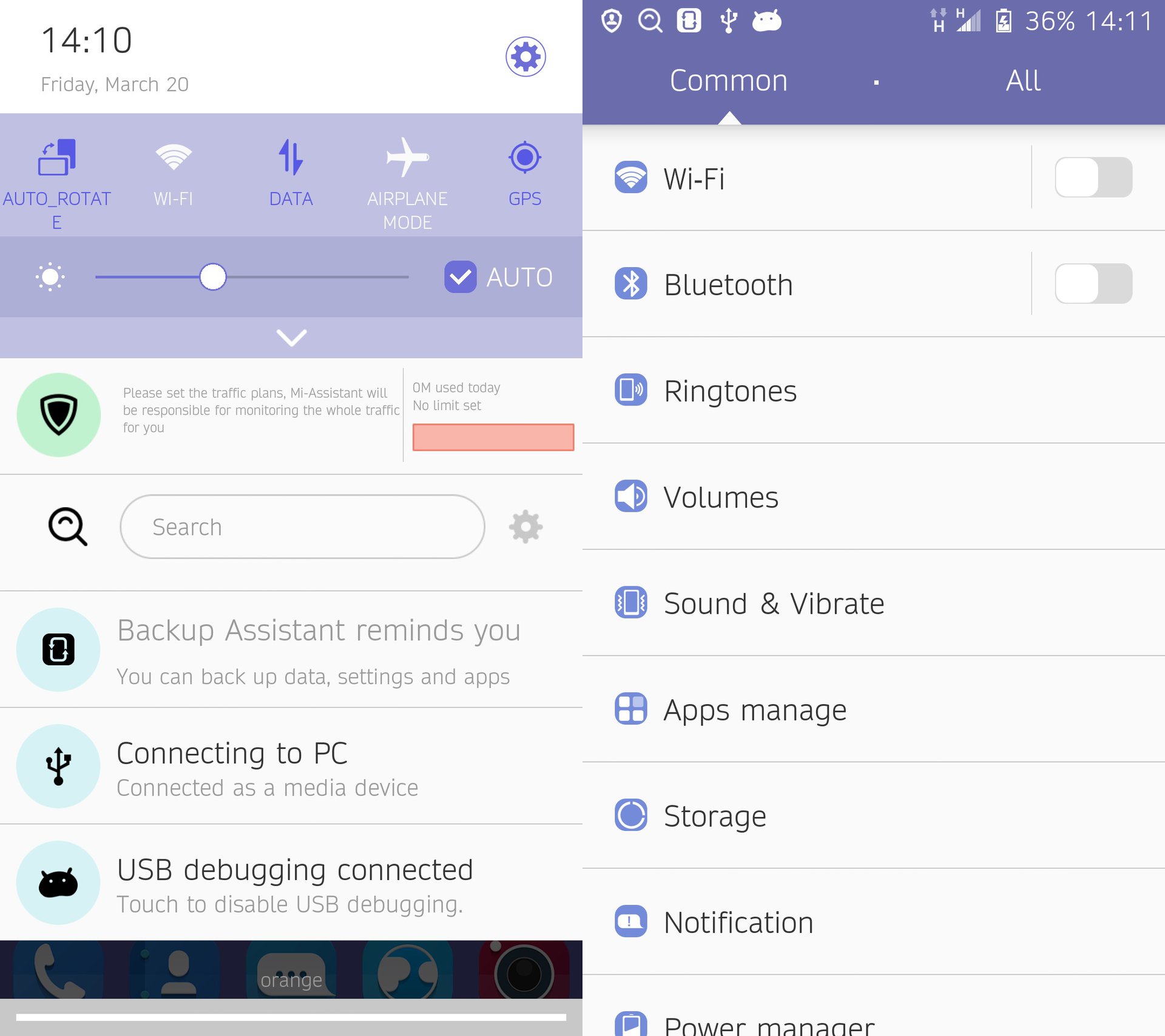
Along with features like double-tap to wake, and settings for the display temperature, there is also the always-on voice recognition service called Voice Assistant. Even when the device is offline, you can still access a number of different areas of the phone just by voice control. Calling contacts, controlling music and waking up the device are just a few of the voice commands users can use with Voice Assistant.
The first step is to give your phone a name. This is the key phrase that the phone will be listen for. I used “OK phone” and it works very well. Once the phone is listening it can respond to a variety of commands like “Call mom” or “Wi-Fi off”. You can even open apps with commands like “Open twitter.”
The only thing you can’t do is say a complete phrase like “OK phone open twitter” when the phone is sleeping, you need to say “OK phone”, wait for it to respond and then issue the second command. However this minor problem is slightly alleviated by the magic words features.
You can record special commands (magic words) which are associated with an action which will be performed when the phone hears that command. Possible actions include calling a contact or opening an app. The difference between the magic words and the normal commands is that the magic words don’t need to be prefixed with the phone’s name. For example, I defined a command called “quick camera” which opens the camera app. To start the camera all I need to do is say “quick camera” to the phone and it will open the camera app, even when it is sleeping.
The Voice Assistant is a lot of fun and simultaneously quite useful. Talking to the phone in this way reminds me of the Transparent Aluminum scene from Star Trek IV.
Another cool feature are the motions. As well as motions like Flip to mute there are lots of other motions available including Auto answer, Pocket mode and Change from speaker to earpiece during a call. The first will automatically answer a call when you bring the phone up to your ear, the second ensures that the phone rings with the maximum volume when it is in your pocket, and the third will automatically switch from speaker to earpiece when you lift the phone to your ear.
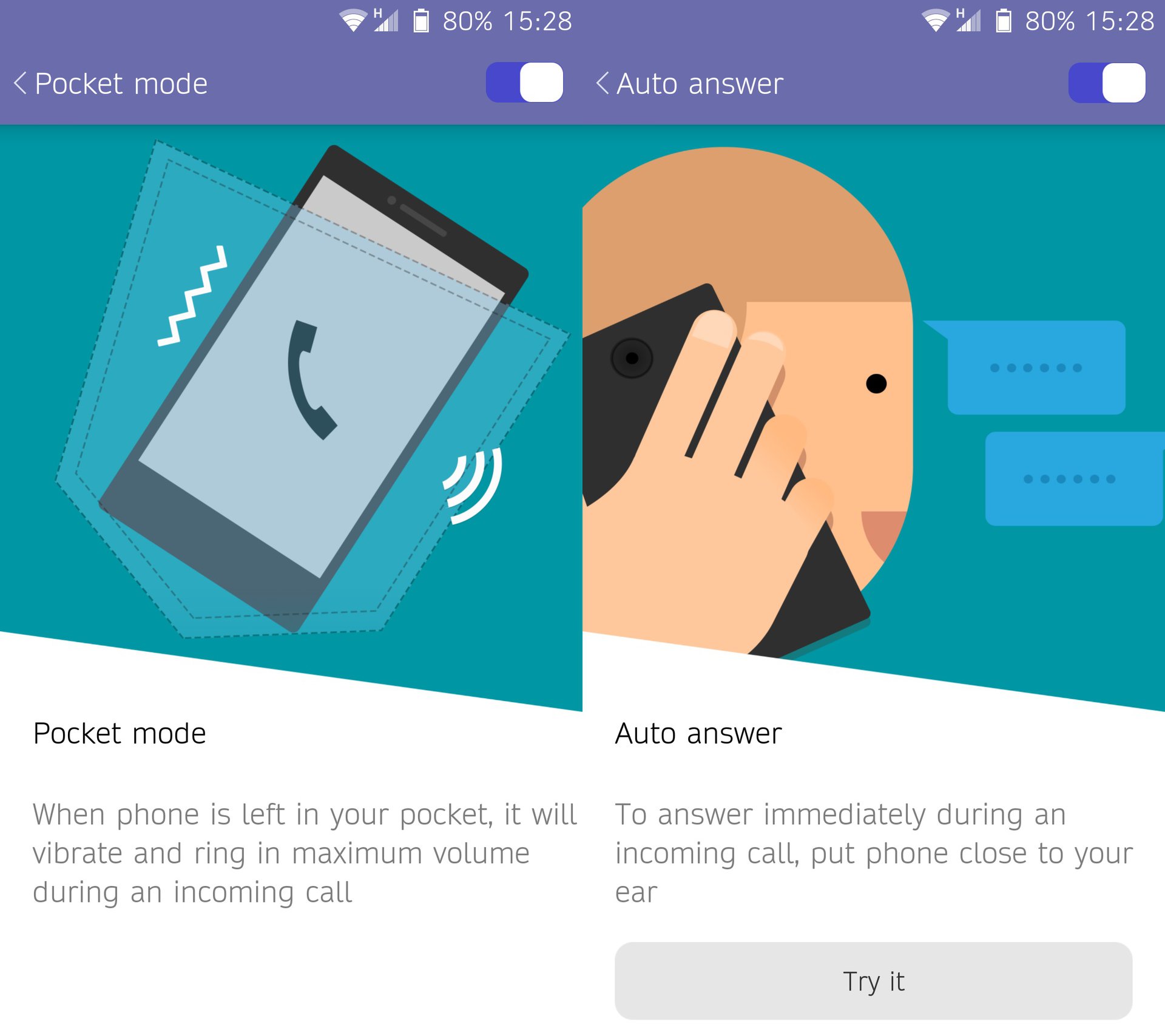
These are all very cool features and I hope they become standard on all phones in the future. Each motion can be enabled/disabled individually so you can pick which ones you like and don’t like.
The device comes with full Google Play support and all of the normal Google apps are available. For those Google apps not pre-installed, a quick trip to the Play Store gets you everything you need.
The 16GB of internal storage is probably a bit limiting for some people, especially those who like to store lots of media on their phones. The 16GB is divided up into a system area, of 3.84GB; a user area of 3.93GB, which is used for installing apps; and phone storage of 8.23GB, which is used for data and media. There is an option to move apps from the user area to the phone storage. The good news is that there is a microSD card slot which supports cards upto 32GB. Unfortunately there is no option to move apps from either the user storage or the phone storage to the SD card.
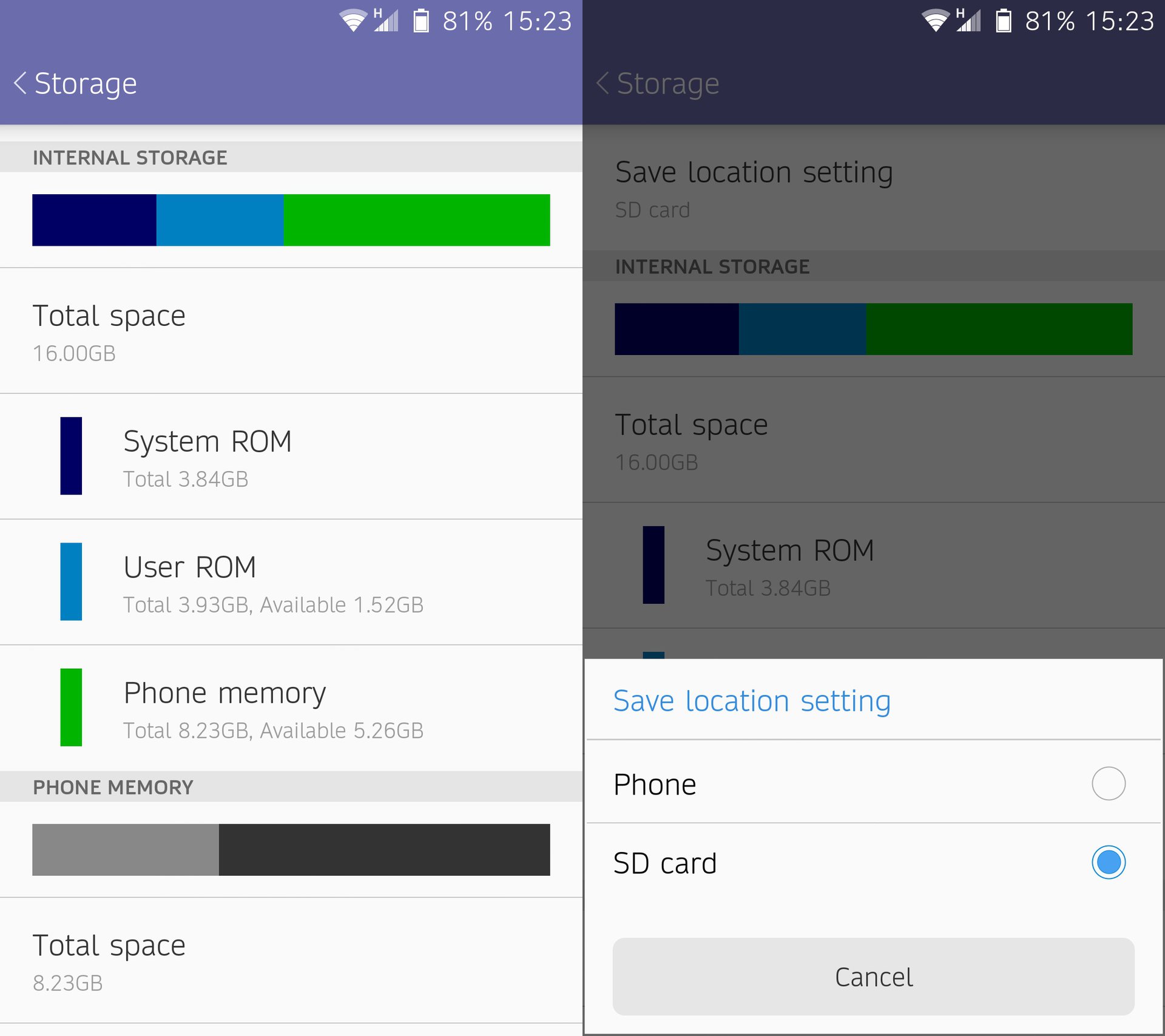
You are able to set the default write location to the external SD card, however this seems to be a bit hit-and-miss in terms of which apps respect or understand this setting. For example, offline videos from YouTube were stored on the external SD card, however movies downloaded from Google Play Movies and TV went to the phone storage. But having said that, the “Manage downloads” section of Google Play Movies and TV shows a combined free space from the internal storage and the SD card. So I guess some internal algorithm decides where to put the downloaded media. The camera app has a separate setting for where the images are stored, and it can be set to use the external SD card.
The recommended retail price of the ZTE Star 2 is $399, however I have seen it online for $350. That is certainly a great price for a premium device. The processor is excellent and it is the same package used by many of 2014’s flagship devices. The design of the device is sleek and the display is as about as good as you can get for an LCD display at this resolution. The software is advanced and you are getting much more than just a stock Android experience. The voice commands work well and the bundled camera app is excellent. Lanh gave the
Lanh gave the ZTE Blade S6 a score of 8.5, mainly due to its competitive price, its 64-bit processor, and because it is running Lollipop. I am going to give the ZTE Star 2 a score of 8.8. The Star 2 has more features than the Blade S6, and a better design. It costs more, however, I think the extra money is worth it!